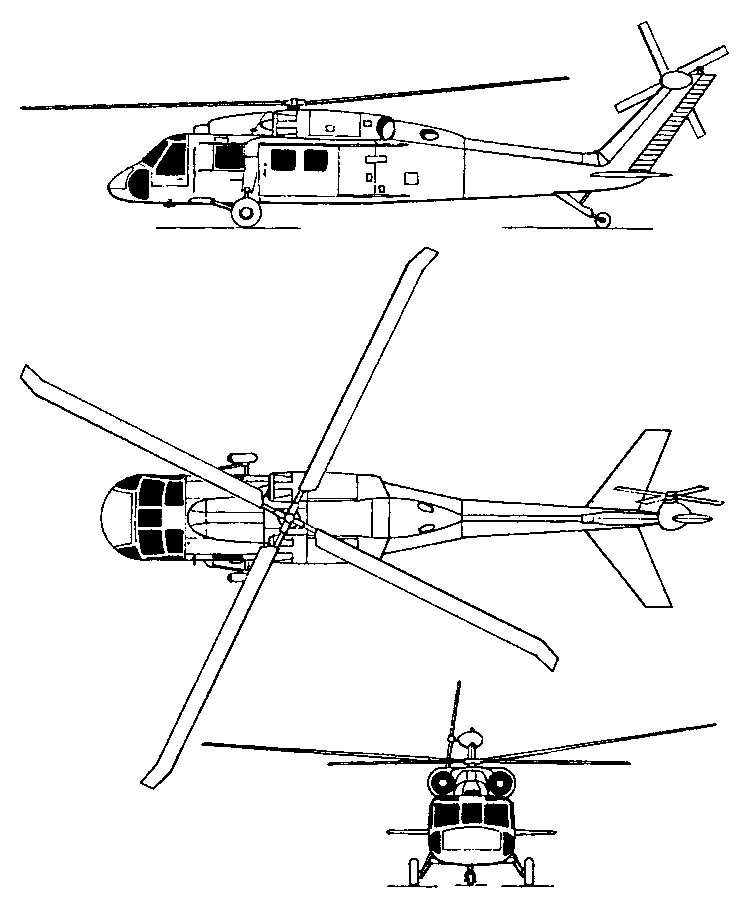Sikorsky S 70: Reinventing Tactical Procedures with Cutting-Edge Technology
Sikorsky S 70: Reinventing Tactical Procedures with Cutting-Edge Technology
Blog Article
Modernized Vertical Lift System With Advanced Compound Structures and Improved Safety And Security Actions
In the world of vertical lift systems, a considerable change towards modernization has been observed, driven by the integration of sophisticated composite structures and heightened security measures. In exploring the merging of technology and security in contemporary lift platforms, a compelling narrative emerges, showcasing the potential for transformative improvements that provide to the ever-evolving needs of commercial markets.
Evolution of Vertical Lift Systems

The development of vertical lift platforms can be mapped back to standard wheel systems and early lift styles. In time, developments such as hydraulic systems, electrical motors, and progressed control systems have vastly enhanced the effectiveness and security of these platforms. Producers have actually likewise concentrated on boosting the security, reach, and load-bearing capabilities of vertical lift systems to satisfy the varied requirements of different markets.
In addition, the integration of smart modern technologies like sensors, IoT connection, and automation functions has actually further changed the abilities of modern-day upright lift systems. These technological improvements not only boost functional efficiency however also make certain enhanced safety and security criteria for employees making use of these systems at different elevations. The continual evolution of vertical lift systems highlights their crucial role in improving upright wheelchair throughout markets.
Assimilation of Advanced Compound Frameworks

In addition, the use of sophisticated composite materials enables for more complex and optimized structural styles, enabling designers to customize the system's properties to fulfill specific efficiency needs. Overall, the incorporation of advanced composite frameworks in modern vertical lift systems stands for a significant improvement in aerospace innovation, leading to a lot more reliable, trustworthy, and much safer aerial transport systems.
Improved Precaution Implementation
Carrying out boosted safety and security procedures is vital in making sure the optimum performance and integrity of contemporary vertical lift systems. These actions encompass a variety of methods focused on mitigating threats and boosting total security requirements. One crucial facet of improved precaution is the assimilation of sophisticated sensing unit technologies to check various specifications in real-time. By utilizing sensing units for functions such as architectural health and wellness surveillance, tons surveillance, and environmental sensing, potential threats can be identified early, permitting for positive upkeep and corrective activities.

Sector Applications and Benefits
With advancements in innovation and design, updated vertical lift platforms have found varied applications throughout various industries, supplying considerable benefits in performance and efficiency. In the manufacturing market, these systems simplify the process of moving hefty materials and equipment within facilities, decreasing hand-operated handling and improving functional efficiency. The building market advantages from upright lift systems by enabling employees to gain access to raised locations safely and effectively, improving general project timelines. Warehousing and logistics business utilize these platforms to optimize storage area use and facilitate quicker selecting and packaging procedures.
Furthermore, upright lift systems play an essential visit the site role in the repair and maintenance of facilities such as bridges, power lines, and buildings, allowing specialists to reach unattainable areas easily (sikorsky s 70). The air travel industry additionally leverages these systems for aircraft maintenance and assembly jobs, boosting process efficiency and making sure employee safety and security at elevations. On the whole, the extensive fostering of modernized upright lift platforms throughout sectors underscores their flexibility and the substantial enhancements they bring to numerous operations
Future Trends in Lift System Innovation
Incorporating sophisticated automation and intelligent functions, lift platform modern technology is positioned to change upright transportation systems in the future. One essential trend is the integration of Internet of Points (IoT) innovation, allowing lift platforms to interact real-time data for anticipating upkeep, enhancing performance, and boosting safety. Expert system and artificial intelligence formulas are likewise being included to analyze patterns, forecast potential concerns, and improve effectiveness. Furthermore, using advanced materials such as carbon fiber compounds gets on the increase, using boosted longevity and toughness while decreasing general weight. Enhanced safety measures, consisting of biometric authentication and emergency feedback systems, are becoming basic features to make sure traveler safety. Furthermore, modular layouts published here and personalized arrangements are getting popularity, permitting greater versatility to various environments and demands. As lift system innovation continues to progress, these fads are readied to form the future of upright transport, making it a lot more effective, safe, and easy to use.
Conclusion
To conclude, the up-to-date vertical lift system showcases the evolution of modern technology in the sector. By integrating sophisticated composite structures and boosted precaution, this system provides raised performance and security for numerous applications. The sector can profit greatly from these innovations, and future patterns in lift platform innovation are most likely to proceed surpassing these innovations for also greater success and effectiveness.
In the world of vertical lift systems, a significant shift towards innovation has been observed, driven by the combination of innovative composite structures and heightened security actions. The constant development of vertical lift systems emphasizes their crucial role in boosting upright mobility across industries.

The incorporation of sophisticated composite frameworks in modern-day upright lift systems has actually considerably improved their architectural stability and performance capabilities. By integrating these innovative composites into the layout and building and construction of vertical lift systems, manufacturers can reduce general weight, boost load-carrying capacity, and boost the system's sturdiness and durability.
Implementing enhanced safety steps is imperative in making sure the optimum performance and reliability of modern upright lift systems.
Report this page